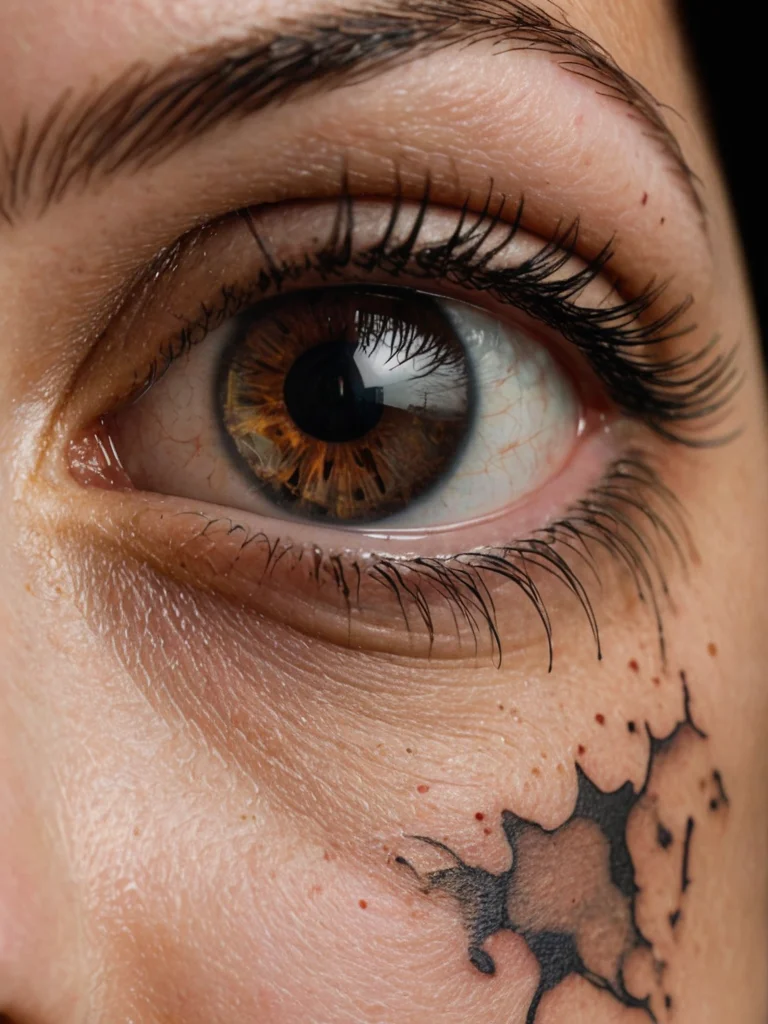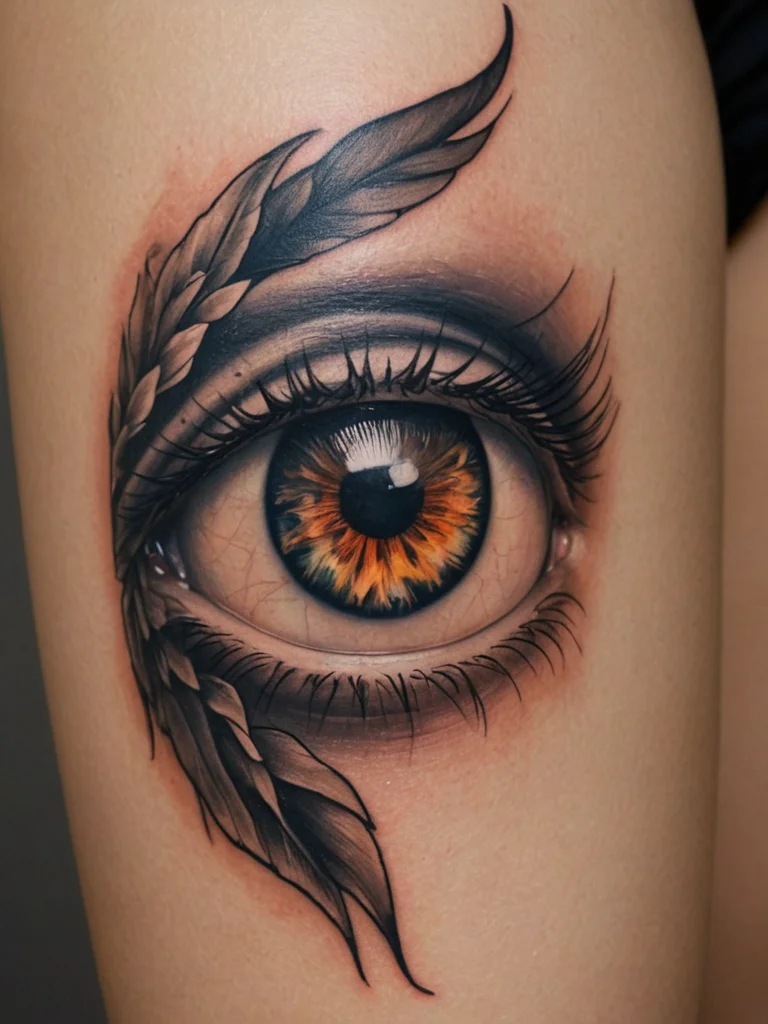Tattoos are a powerful form of self-expression, a way to wear your story on your skin. As the popularity of body art continues to soar, so does the importance of understanding potential health implications. While rare, allergic reactions to tattoo inks are a reality for some individuals. For tattoo artists and enthusiasts alike, a thorough understanding of tattoo allergies—from their symptoms to effective treatment and prevention—is crucial for ensuring a safe and positive tattooing experience. This comprehensive guide delves into the complexities of tattoo allergies, providing you with the expert knowledge needed to navigate this aspect of tattoo culture with confidence.
Understanding Tattoo Allergies: What You Need to Know
When you decide to get a tattoo, you’re embarking on a journey of personal artistry etched into your skin. However, like any procedure that involves introducing foreign substances into the body, there’s a potential for adverse reactions. Tattoo allergies fall into this category. These reactions occur when your immune system identifies specific components within tattoo inks as foreign invaders, triggering an immune response. It’s important to understand that tattoo inks are complex chemical mixtures, not simply pigments suspended in water. They contain colorants, carriers, and other additives, and it’s these ingredients that can sometimes provoke an allergic reaction. While the vast majority of people get tattooed without any issues, being informed about the possibility of an allergy allows you to take proactive steps for your health and well-being. Tattoo artists themselves are often the first line of defense, trained to recognize potential problems and guide clients accordingly. The medical community also plays a vital role in diagnosing and managing these sensitivities, ensuring that your artistic endeavors don’t compromise your health. This guide aims to empower you with the knowledge that experienced tattoo professionals and medical experts share, demystifying the science behind tattoo sensitivities and providing practical advice.
Recognizing the Signs: Common Tattoo Allergy Symptoms and Reactions
Identifying a tattoo allergy hinges on recognizing specific symptoms that typically manifest after the tattooing process. These reactions can vary in severity and may appear anywhere from a few days to several weeks, or even months or years, after the tattoo has been applied. One of the most common initial signs is persistent itching at the tattooed site. While some mild itching during the healing process is normal, excessive, prolonged, or intense itching, especially when it doesn’t subside with standard aftercare, can be a red flag. Accompanying this can be redness and swelling that extends beyond the initial healing inflammation or reappears after the tattoo has seemingly healed. You might notice small bumps or raised patches forming within the tattooed areas, sometimes resembling hives or eczema. In more severe cases, these bumps can evolve into blisters or open sores, particularly if the allergic reaction is triggered by contact with specific pigments or is exacerbated by sun exposure. Some individuals report a burning sensation or a feeling of heat emanating from the tattooed skin, even when it’s not inflamed. Discoloration of the tattoo itself can also occur, with the inked areas becoming lighter or developing an unusual hue. It’s also worth noting that systemic reactions, though rarer, can occur. These might include fever, chills, or a general feeling of being unwell, indicating that the body’s immune response is more widespread. Tattoo artists are often trained to spot these early indicators and will advise clients to seek medical attention if they suspect an allergic reaction. Early detection is key to managing the situation effectively and preventing further complications.
Identifying the Culprits: Tattoo Ink Ingredients That Cause Allergies

The vibrant world of tattoo inks is created through a complex blend of pigments and carriers. While advancements have been made in ink formulations, certain components remain known triggers for allergic reactions. Historically, many tattoo inks relied on pigments derived from metals, and these are still common culprits. Red inks, in particular, have a long-standing association with allergic responses. Pigments like cinnabar (mercuric sulfide) and cadmium red have been identified as causes of contact dermatitis, leading to itching, redness, and raised lesions. Yellow inks can also be problematic, with ingredients such as cadmium yellow (cadmium sulfide) and yellow 3 or 74 (monoazo pigments) being implicated in reactions. Blue and green inks, often containing cobalt or chromium salts respectively, can similarly trigger sensitivity in susceptible individuals. Even black ink, frequently made from carbon black or iron oxides, can cause reactions, although less commonly than colored inks. Beyond metallic compounds, other ingredients in tattoo inks can also lead to sensitivities. Preservatives, binders, and even impurities within the ink can act as allergens. The manufacturing process and quality control of tattoo inks play a significant role; inks that are not properly sterilized or contain contaminants are more likely to cause adverse reactions. The trend towards organic or natural inks is often seen as a way to mitigate these risks, though it’s important to note that even natural pigments can contain compounds that some individuals are sensitive to. Therefore, understanding the specific ingredients in the inks used by your tattoo artist is an essential part of the prevention and management process. Many reputable tattoo studios will have information on the inks they use, and some artists will perform a patch test if you express concerns about potential sensitivities.
Seeking Relief: Effective Treatment and Management of Tattoo Allergies

If you suspect you’re experiencing an allergic reaction to your tattoo, the most crucial step is to consult a medical professional, such as a dermatologist or allergist. They can properly diagnose the condition and recommend the most appropriate course of treatment. For mild reactions characterized by itching and redness, topical corticosteroid creams can provide significant relief. These creams help to reduce inflammation and suppress the immune response locally. Over-the-counter antihistamines might also be suggested to alleviate itching, especially if it’s significantly impacting your comfort or sleep. In more severe or persistent cases, oral corticosteroids might be prescribed to manage widespread inflammation. It’s vital to follow your doctor’s dosage instructions precisely and complete the full course of treatment. If a specific ink color or ingredient is identified as the trigger, the recommendation will often be to avoid tattoos using that particular pigment in the future. Laser tattoo removal is sometimes considered as an option to remove the offending ink, but this process itself can cause reactions and should only be undertaken after careful consultation with medical professionals and experienced laser technicians. In some instances, the reaction might be to the tattoo process itself rather than the ink, such as a reaction to the stencil ink or latex gloves worn by the artist. Identifying the exact cause is paramount for effective management. Aftercare is also a critical component of managing an allergic reaction. Continue to follow gentle cleansing and moisturizing routines as advised by your doctor, avoiding harsh soaps or abrasive materials on the affected area. Protecting the tattooed area from sun exposure is also important, as UV rays can sometimes exacerbate inflammatory responses in tattooed skin. Remember, managing a tattoo allergy is a collaborative effort between you, your tattoo artist, and your healthcare providers to ensure the best possible outcome for your skin and your body art.
Prevention is Key: How to Minimize Your Risk of Tattoo Allergies

The best approach to dealing with tattoo allergies is proactive prevention. By taking informed steps before and during the tattooing process, you can significantly reduce your risk. Firstly, thorough research into potential tattoo artists and studios is paramount. Look for artists who prioritize hygiene, use high-quality, reputable ink brands, and are transparent about the ingredients they use. Many professional artists maintain detailed records of the inks they stock and are happy to discuss them with clients. Don’t hesitate to ask questions about the origin and composition of the inks. Secondly, consider a patch test. Before committing to a large or complex tattoo, especially if you have a history of sensitive skin or allergies, ask your artist to perform a patch test. This involves applying a small amount of the ink that will be used in your tattoo to a discreet area of skin, such as the inner wrist or behind the ear. This patch should be left on for the recommended time (often 48 hours), and you should monitor the area for any signs of redness, itching, or swelling. While not foolproof, a patch test can alert you to a potential sensitivity. Thirdly, choose your tattoo design wisely. While vibrant colors are appealing, they are also more likely to contain metallic compounds that can cause reactions. If you have particularly sensitive skin, you might consider starting with black and grey tattoos, which tend to use simpler ink formulations. Discuss your concerns openly with your chosen tattoo artist; their experience and advice can be invaluable in selecting inks and placement that might minimize risk. Finally, always follow your tattoo artist’s aftercare instructions meticulously. Proper healing is essential for preventing infections and secondary reactions. By arming yourself with knowledge and communicating openly with your tattoo artist, you can enjoy the transformative power of tattoos while safeguarding your health.